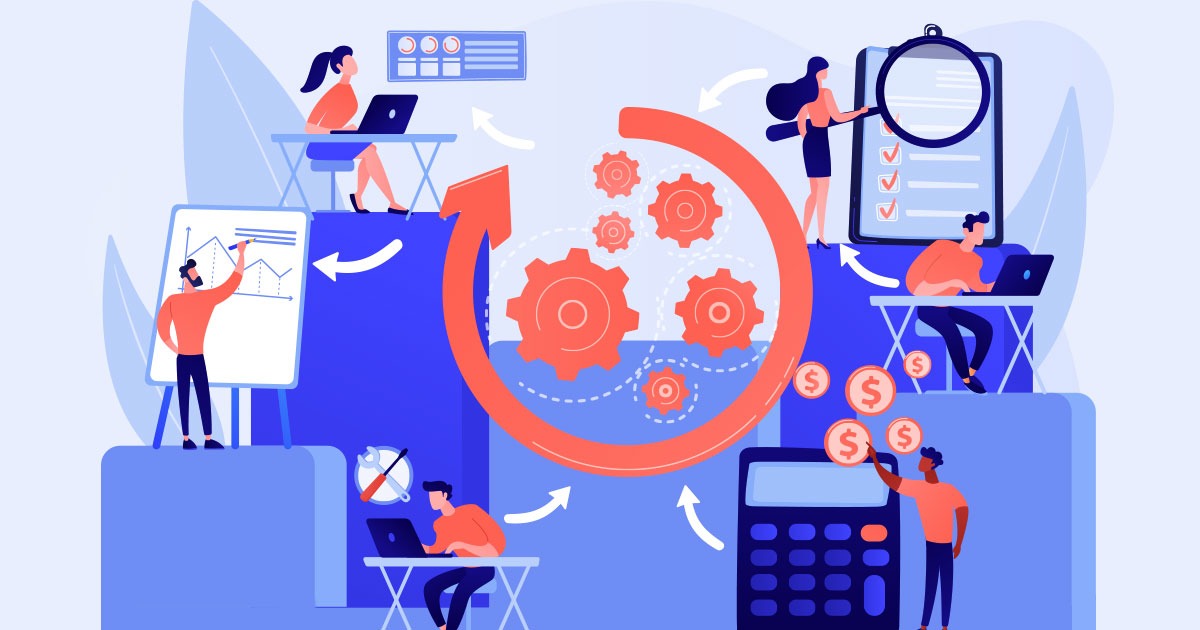

UiPath Task Mining
UiPath Task Mining Tool is an automation discovery tool that analyses employee’s work while they perform it, discover patterns in the way the tasks are carried out and analyze the tasks that can be automated. This is achieved via Task Mining through projects.
UiPath Platform was built with end-to-end automation life cycle in mind and the life cycle starts with automation potential discovery phase as shown below.
Image: Automation Discovery Tools.
How does UiPath “Task Mining Projects” work?
A Task Mining project is an analysis:
- of desktop activity of a defined group of users.
- of an application or set of applications that employees are using while they are performing their tasks.
- of specific number of users performing the process/tasks during a specific amount of time.
When should we start with “Task Mining Project”?
Let’s take the example of a HR department, where employees perform repetitive tasks. In this case, we could potentially automate some part of employees’ work to help them focus on more engaging activities. We can now request our automation Center of Excellence / IT team to start a Task Mining project.
Key users of “Task Mining Project”?
Task Mining project is mainly used by:
- Task Mining Admin: responsible for the set-up of Task Mining projects
- User: the employee who performs the task that will be analyzed with the help of Task Mining.
- Automation Center of Excellence Lead: to identify the business lines, processes, and users that are going to be part of the Task Mining project.
- Subject Matter Expert: Users with a lot of expertise in performing the task.
- Business Analyst: help in identifying opportunities for process improvement, and choosing the tasks with the highest automation potential.
- Automation Developer: They build the automation project for the selected tasks.
Important stages of the “Task Mining” Project?
Image: Phases of the “Task Mining” Project.
Step 1: Select User Groups to analyze
- Select users who are involved in similar activities (e.g.same role).
- Select user groups that use application modules (screens) that look different from one another.
- Once we have identified the process and the user groups for the project, take the needed time for planning.
- Instruct the users to finish one iteration of a task at a time.
- Instruct users to consistently record for the defined period of time.
Step 2: Collect Data
In this stage, we start by configuring the project, then the users install Task Mining Tool on their computer and carry out the recording process.
Image: Dashboard displaying the list of users, applications recorded.
Step3: Analyzing the Data
- Once the data is recorded from a set number of users and for a specific period of time, we need to start analyzing the data gathered.
- The data is now analyzed using Machine learning (ML) Package as shown below.
Image:“UiPath Task Mining” Dash board displaying (ML Package) to analyze the data.
Path:Open “UiPath Task Mining” dash board -> AI Center -> ML Package
Step4: Visualizing the Results
- Once the data is analyzed, the results can be viewed under “Discovery Results” Tab.
Path: Open “UiPath Task Mining” dashboard -> Discovery Results Tab.
- Upon opening the results, you will see a list of different tasks with details like total time spent, execution time, traces, etc. As shown below.
Image: UiPath Task Mining Tool Dashboard displaying the results.
Image: UiPath Task Mining Tool displaying the Traces captured for each Task.
Image: High level process flow diagram with each step description and time taken for each task to be performed.
Step5: Exporting the results
Using UiPath Task Mining we can now export the results either as Process Definition Document, or as a process workflow skeleton (.XAML file) from “Discovery Results” Tab.
- Process Definition Document (PDD): The PDD will provide detailed steps, along with detailed screenshot of each action performed by the business user.
- .XAML – Workflow skeleton file that can be used a start point for developer.
Note: This file can be opened in UiPath studio and modified/updated to continue the development.
Path: UiPath Dashboard ->Go to Discovery Results tab -> “Export Trace” drop down to download the reports.
Image: Shows the “Export Trace” drop down with options I.e. PDD (Process definition document) and Export to studio option to download.
Step6: Developing the Automation solution
We have now identified all the tasks for automation. The automation developer can now use the PDD OR the .XAML export reports to start building the automation project.
What are the benefits of using Task Mining?
Task Mining can be hugely beneficial to any enterprise, as it lets you:
- To record a set of applications over an extended period of time to understand how employees perform their work.
- To visualize the variances in how tasks/processes are performed.
- To identify automation potential in the tasks/processes performed.
